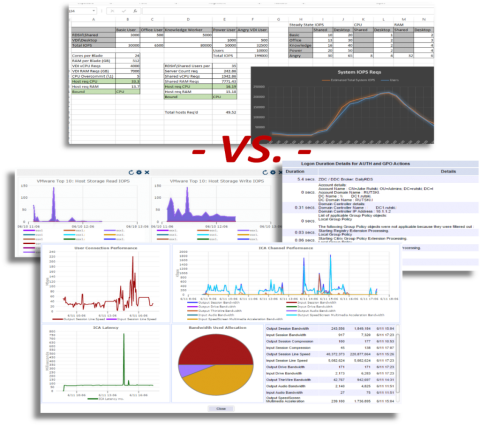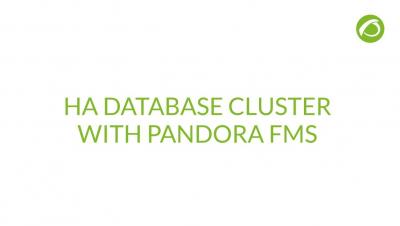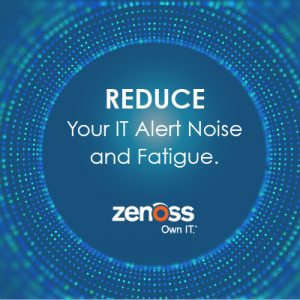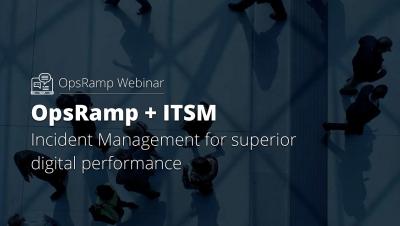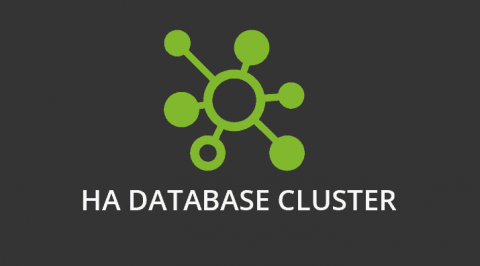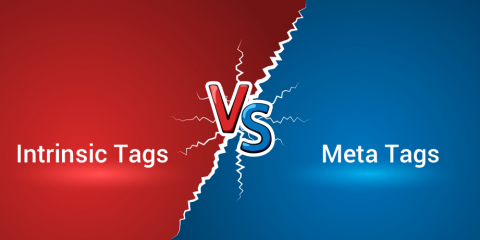How to Improve Your Citrix Deployment by Monitoring Pilot Phases
We all want seamless rollouts of Citrix XenApp/XenDesktop and we use a number of tools to achieve that reality. I have found a unique software that allows me to proactively understand the performance impact of Citrix XenApp/XenDesktop on the IT infrastructure and ultimately end user experience early in the Citrix deployment lifecycle. In this post I will show you four examples of how I use the software to avoid potential issues.


